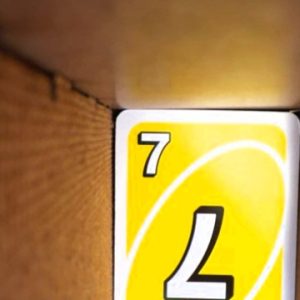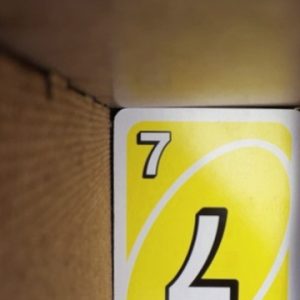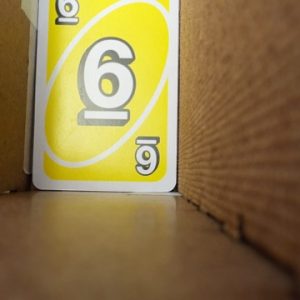I recently completed several significant tasks as part of a project. Firstly, I developed a color classifier, which appears to be highly effective, although I am in the process of gathering metrics to quantify its performance accurately. Additionally, I successfully finalized the UNO interface, enabling a controller to receive inputs from users and incorporating redundant state displayers. Furthermore, I gathered data from both top and bottom cameras and devised a script to generate diverse images from existing inputs. By executing this script, I generated an extensive dataset for each camera. Finally, I conducted thorough testing to ensure that the model can effectively learn from and fit to the training data, currently getting 99.9%. I have done a lot of work to get back on track, so I feel we’re in a good place. Next week, I will have full testing metrics for the model on both datasets, having swept through hyper-parameters.


The above two images were generated dataset images from an actual photo taken from our pi camera.


